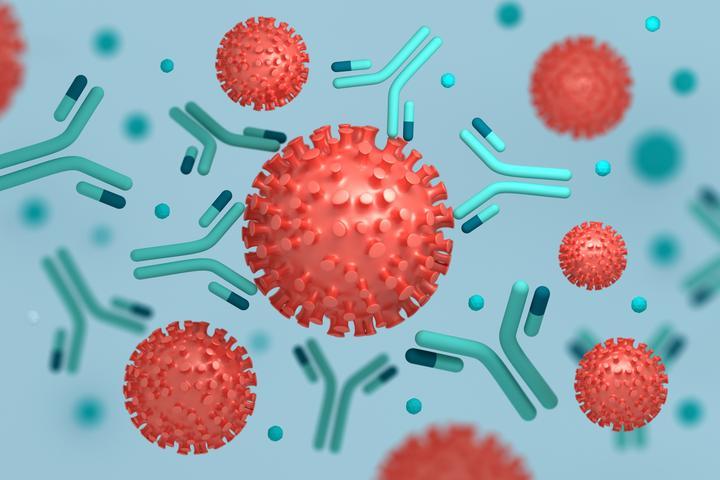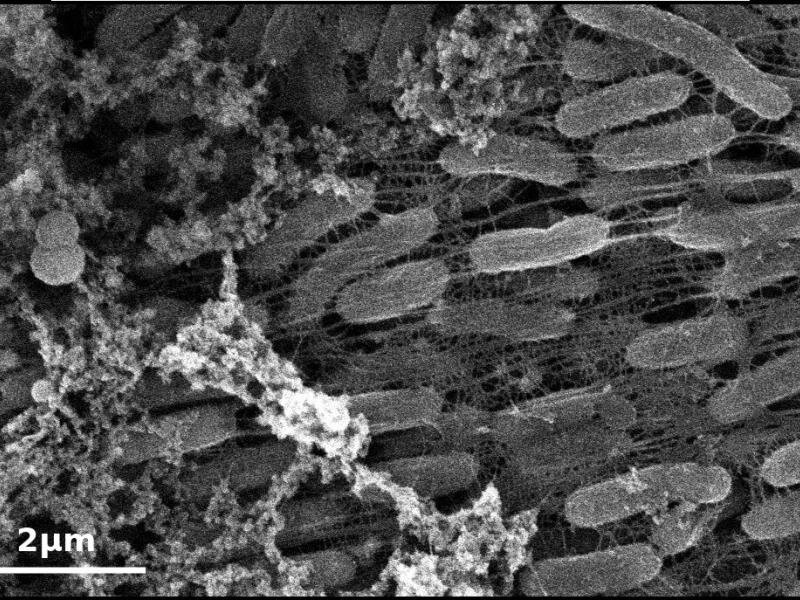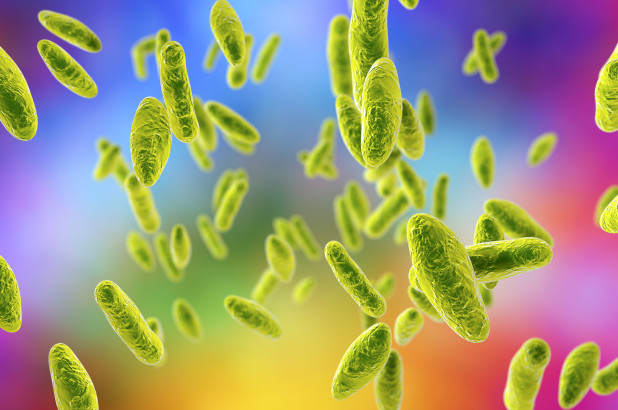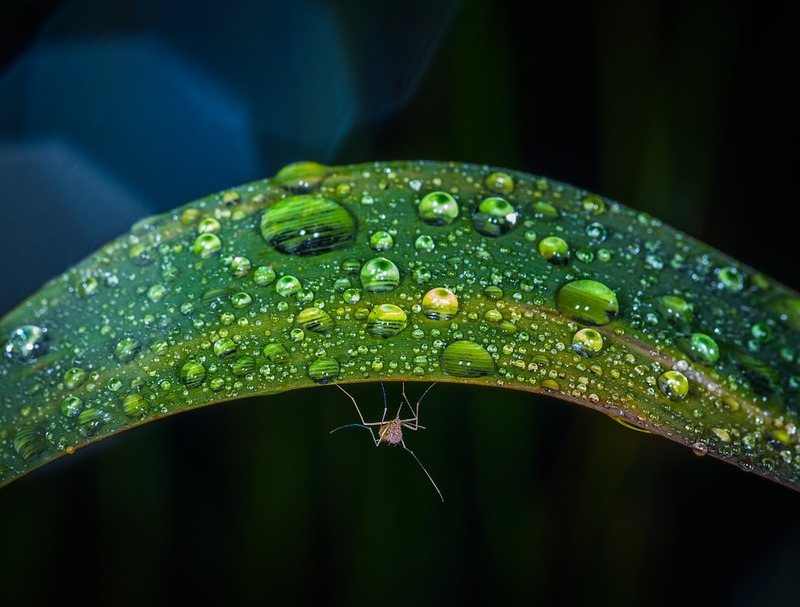
|
| First "virovore" discovered: An organism that eats viruses |
|
Name a type of organic matter and chances are some type of organism has evolved to eat it. Plants, meat, algae, insects and bacteria are all consumed by different creatures, but now scientists have discovered something new on the menu - viruses. |
|
Jan 06, 2023
by
New Atlas
Science & Medicine News |

|
| Discovery of metal-breathing bacteria can change electronics |
|
Researchers discovered an unusual property of a bacteria that can "breathe" in some metal and sulfur compounds and create materials that can improve electronics, energy storage, and medical devices. Specifically, the anaerobic Shewanella oneidensis bacterium can produce molybdenum disulfide, a material that can transfer electronics as well as graphene, explains the press release from Rensselaer Polytechnic Institute, whose team of engineers carried out the research. |
|
Nov 13, 2021
by
Big Think
Science & Medicine Blogs |

|
| More than 3,000 contract bacterial disease after Chinese lab leak |
|
More than 3,000 people in China have contracted the bacterial disease known as Malta fever following a leak from a lab last year, health officials said. The outbreak originating from the Zhongmu Lanzhou biological pharmaceutical factory left 3,245 people sickened with brucellosis, the Health Commission of Lanzhou said, according to a CNN report. |
|
Sep 24, 2020
by
Lia Eustachewich - New York Post
World News |

|
| A new antibiotic selectively kills Gram-negative pathogens |
|
The current need for novel antibiotics is especially acute for drug-resistant Gram-negative pathogens1,2. These microorganisms have a highly restrictive permeability barrier, which limits the penetration of most compounds3,4. As a result, the last class of antibiotics acting against Gram-negative bacteria was developed in the 1960s2. |
|
Dec 01, 2019
by Yu Imai
Science & Medicine News |

|
| Scientists identify malaria's Achilles' heel |
|
Harnessing the interactions between DNA, RNA, and proteins holds much promise for detecting biomarkers, diagnosing disease, and improving cancer-targeting therapeutics. Quantifying these interactions is essential for understanding and controlling their biomolecular mechanisms. |
|
Jun 29, 2019
by
UC Riverside via News Medical
Science & Medicine News |
Go to Top